The Chained Oak of Oakmanor – An Eerie Tourist Attraction
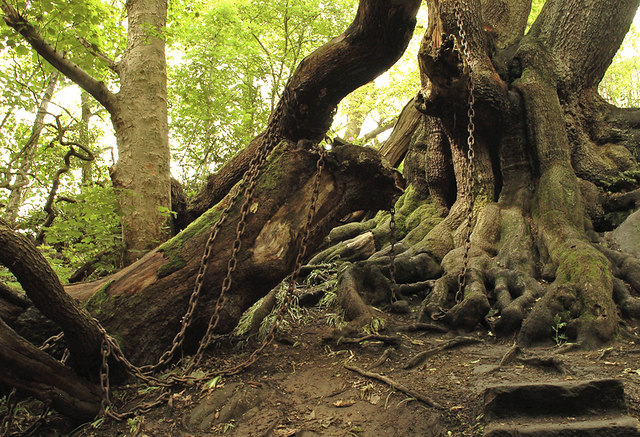
The county of Staffordshire, in central UK, is home to a mysterious and rather eerie attraction – an old oak tree with branches shackled in heavy metal chains tied to a creepy local legend. The story of the Chained Oak near the village of Alton is the most famous legend in Staffordshire. It is said […]
The Twisted Trees of Slope Point – A Natural Wonder Shaped by the Wind
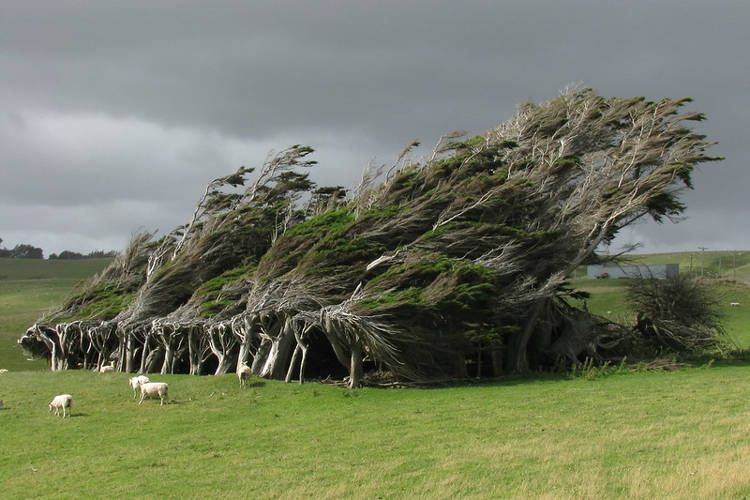
Slope Point is known for being the southernmost tip on New Zealand’s South Island, but also for hosting some of the strangest-looking trees in the world. They are shaped by the relentless winds that constantly pummel this place. Trees don’t usually grow in the Slope Point area. It’s not that the soil isn’t fertile enough, […]
Colombian Soccer Field Has Two Living Trees as Goalkeepers

A newly-inaugurated synthetic soccer pitch in Bogota, Colombia, has been attracting a lot of attention on social media due to a couple of permanent “players” – two trees growing in front of each goal. Back in 2017 the District Institute of Recreation and Sports (IDRD) commissioned engineering and architecture studies for the adaptation and improvement […]
Double Amputee Turns Barren Hills into Lush 17,000-Tree Forest

Ma Sanxiao, a 70-year-old double amputee and army veteran from Jingxing, North China’s Hebei province, has pent the last 19 years of his life planting thousands of trees and turning the once barren hills surrounding his village into a small forest. Ma was diagnosed with blood poisoning in 1974, while serving in the Chinese Army. His condition […]
Tree Growing in the Stands of a Football Stadium Is Local Team’s Most Famous Supporter

The Resistencia Sport Club, a small football club in Paraguay’s second division, is the first in the world to make a tree growing in the stands of its stadium an official supporter, even offering it a membership card and complimentary jersey. Resistencia’s evergreen supporter is as old as the club, so both the team and […]
Indian “Tree Man” Planted Over 5 Million Trees to Cope with Tragedy

Vishweshwar Dutt Saklani took his last breath on January 18, 2019, but he will live on in the memory of his countrymen as the “Tree Man of Uttarakhan”, a dedicated conservationist who planted over 50 lakh (5 million) trees and turned his once barren homeland into a lush forest. Saklani had been fond of trees […]
The Rare Rainforest Tree That Bleeds Metal
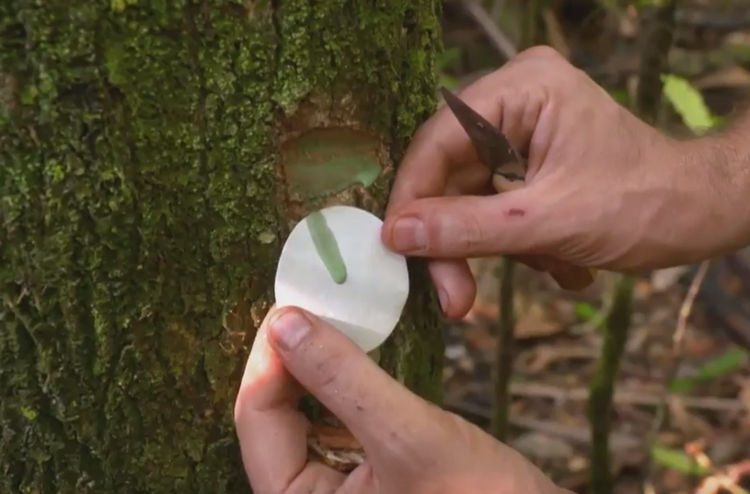
Pycnandra acuminata is a rare tree native to the shrinking rainforests of New Caledonia that has the rare ability to collect large quantities of nickel from the ground. Its blue-green sap reportedly contains up to 25% nickel. Trees, or plants in general for that matter, and heavy metals like nickel and zinc don’t really go […]
The Mysterious Bent Trees of North America
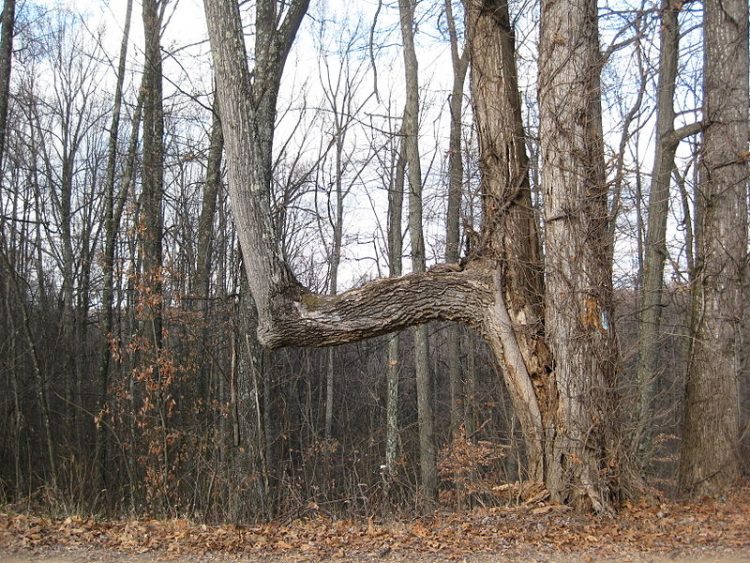
To the casual observer, the thousands of bent trees scattered throughout the North American continent look like mere freaks of nature, deformed by the elements of disease, but a more careful analysis reveals that these trees bend sharply into right angles, parallel the earth, which suggests that they were intentionally shaped long ago, for an unknown […]
Europe’s Oldest Tree Is At Least 1,230 Years Old And Still Growing
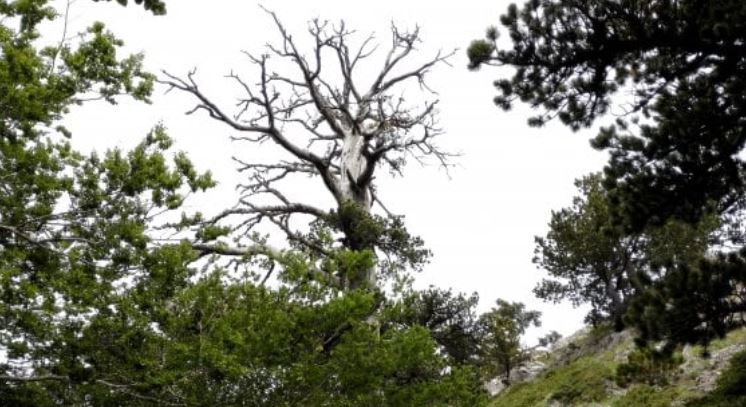
A team of researchers studying a national park in southern Italy recently discovered the oldest tree in Europe ever to be scientifically dated – a Heldreich’s pine that is at least 1,230 years old and still growing. Nicknamed “Italus”, the ancient tree was discovered on a steep mountain slope in Italy’s Pollino National Park by a […]
700-Year-Old Tree Infested with Termites Gets IV Drip Treatment
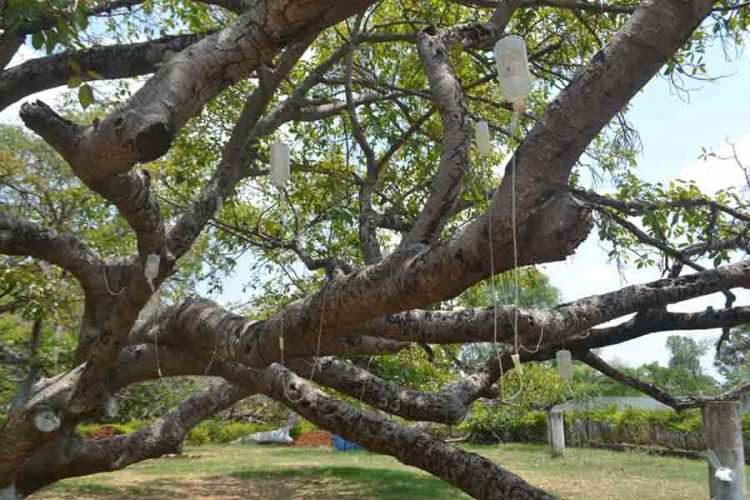
I always thought intravenous treatments only worked on humans and animals, but apparently they do wonders for sick trees as well. The world’s second-largest Banyan tree is currently being treated against a termite infestation, with an IV drip. Known as “Pillalamarri” or “Peerla Marri”, the 700-year-old Banyan tree in Mahabubnagar, India’s Telangana state, spreads across three acres, making […]
Crown Shyness – When Trees Avoid Touching Each Other

Crown shyness or canopy disengagement is a mysterious natural phenomenon in which the crowns of some tree species do not touch each other, but are separated by a gap clearly visible from ground level. The effect usually occurs between trees of the same species, but has also been observed between trees of different species. The […]
The “Forest Man of Bangladesh” Has Been Planting a Tree Every Day for the Past 48 Years
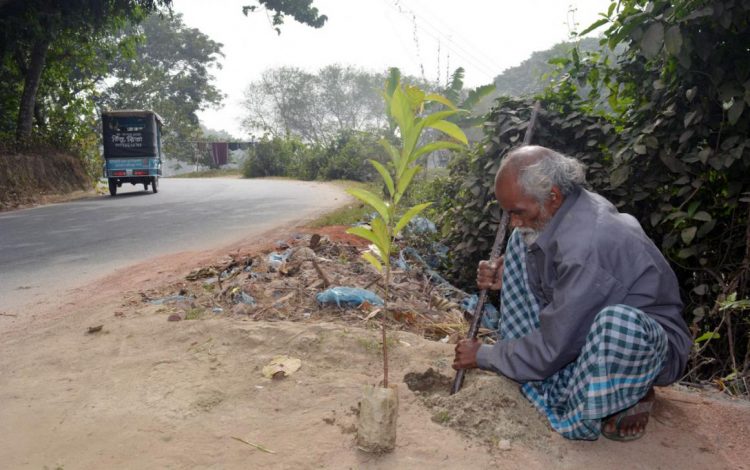
They say that one man can’t make a difference, but Abdul Samad Sheikh, a 60-year-old rickshaw driver from Bangladesh, is living proof that small contributions over a long period of time can mean very much. He has planted at least one tree every day since he was 12-years-old, which means that he has so far planted a […]
Stunning Celtic Cross Discovered in the Middle of Irish Forest

There is an impressive landmark growing in the middle of Donegal Forest, Ireland, but you could walk right through it and not even though it’s there. This newly-discovered ‘hidden treasure’ only reveals it beauty when seen from above. The giant Celtic Cross of Donegal recently made international headlines after footage shot using a drone went […]
This Ukrainian 220-Year-Old Apple Tree Has a Very Unique Way of Staying Alive
The city of Krolevets, in Ukraine’s Sumy region, is home to the world’s most unique apple garden, consisting of only one tree. Spanning 10 acres, the 220-year-old tree – known as ‘apple tree colony’ – has dozens of individually rooted trunks that constantly spring to life, making it seemingly impossible to die. The tree seems […]
The Manchineel – World’s Most Dangerous Tree for Several Reasons

The Manchineel tree, native to the Western Hemisphere, is known as the most poisonous tree in the world. In places where it grows – Florida, the Caribbean and the Bahamas – the manchineel is often marked with a red band to warn passersby not to get too near it. The tree is poisonous on so […]
